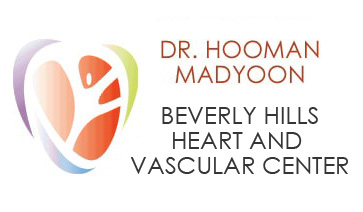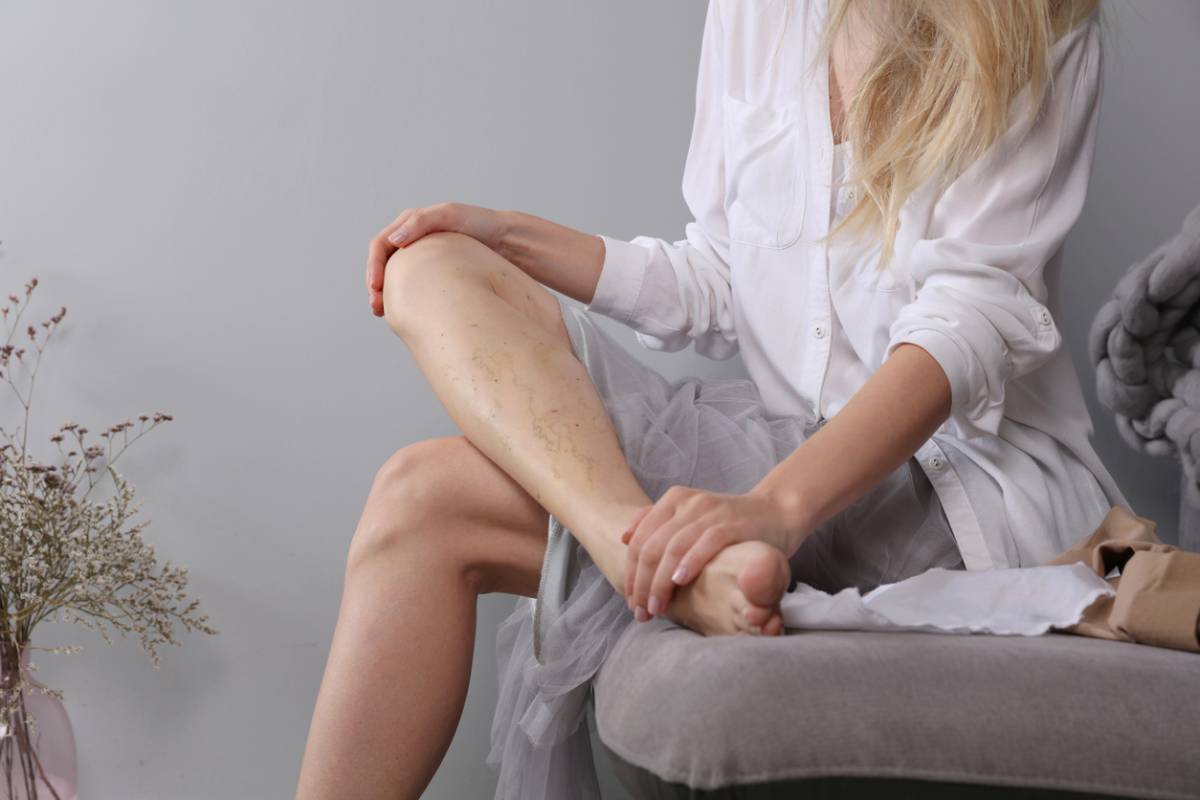It happens more often than you think. You’re trying on a new skirt, bathing suit, or shorts only to find yourself surprised by a number of oddly visible veins on your thighs. You may ask yourself: why are the veins on my legs so visible?
These are typically varicose veins, and they affect about 30% of all adults. Unfortunately, varicose veins aren’t just unpleasant in appearance. They’re a visual indication that those veins are physically damaged. In many cases, the damage is relatively minor, but varicose veins are capable of causing pain. They can put you at higher risk for dangerous medical phenomena such as blood clots.
Why Are the Veins on My Legs so Visible?
The veins you see are designed to send blood in one direction: towards the heart. An overly sedentary lifestyle, carrying additional body weight, or a genetic predisposition can cause the walls of these veins to weaken over time. The weakening of the vein wall makes it harder for the vein to maintain the blood pressure needed to send your blood in the proper direction. Some blood flows backwards, pooling around the area of the weakened vein wall. The extra pressure on an already weakened vein wall causes the vein to bulge outward. This bulging vein wall is what creates the appearance of varicose veins.
What Risk Do They Present?
The general population tends to treat varicose veins as a strictly aesthetic matter, but this is incorrect. These damaged veins can cause swelling and discomfort for those affected, in addition to increasing the chance that they will form a blood clot at the site of the damage. These localized blood clots are painful but not overly dangerous in and of themselves as long as they are treated. However, additional research shows that there is some risk that these clots are capable of developing into deep vein thrombosis, which can be deadly if not treated immediately by the best cardiologist in Los Angeles.
Can Varicose Veins Be Removed?
Luckily, we live in a world where there are actually a number of treatments that can be used to reduce the harmful effects of varicose veins or eliminate them completely. All are relatively non-invasive, but each has its own perks. Laser spider vein removal is one of our specialties at BHVCI.
Compression Stockings
You may use wear a compression stocking to improve your circulation, preventing clots from forming along your varicose veins. It’s an easy treatment method, but you will have to use the stocking throughout your life. The treatment will not eliminate the appearance of your varicose veins.
Sclerotherapy
This treatment requires your doctor to inject a specialized chemical directly into your varicose veins. The chemical compound is designed to force the vein walls to stick together, but they have to be held in place during the process. As a result, you will need to wear compression stockings for a minimum of two to three weeks to see ideal results. The smaller spider veins typically disappear in a month or so, but your varicose veins may take as long as four months to disappear. Unfortunately, most patients have to go through the process several times to see complete results.
Laser Treatment
As with sclerotherapy, you can expect to undergo several laser therapy treatments before truly ridding yourself of those unsightly veins. During the therapy, your doctor will direct the laser towards your varicose veins. The laser shrinks the varicose vein, closing it down, and forcing your body to re-route blood flow through other, healthier veins.
In many cases, the smaller spider veins fade immediately, but it will likely take two to three months for your varicose veins to completely disappear. Until they do disappear, they will appear much darker. As part of your recovery, you will need to wear compression stockings for a short period. You will also have to keep the treated area out of the sun for at least a few months.
Choosing Your Treatment
A candid conversation with your cardiologist and dermatologist will help you to ascertain what treatment plan is right for you. Carefully consider the requirements and recovery options to determine the best path.

